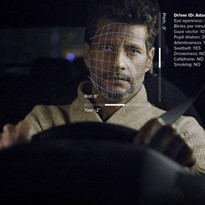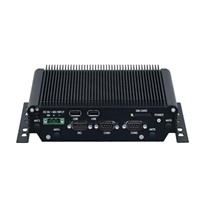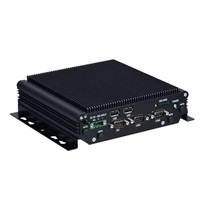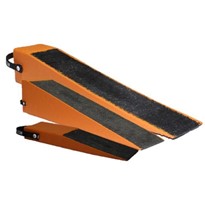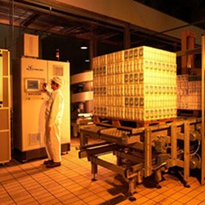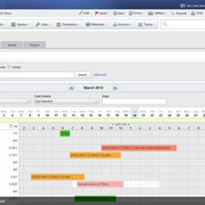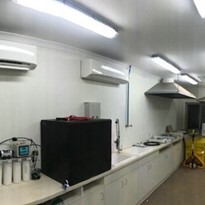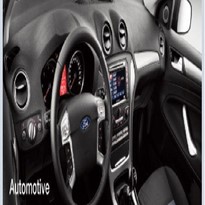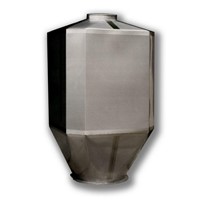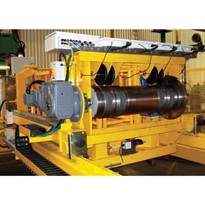- Integration of telematics into electric vehicles that make system measurement involving key metrics more accurate.
- Mobile telematics in car insurance help to frame extensive risk policies and calculate insurance payouts, while gathering real time data to analyse driver behaviour and maintenance issues.
- Telematics in connected fleet lets you manage raw data without involving logistics of aftermarket third-party solutions.
- Autonomous driving will rely heavily on telematics for dealing with dynamic mobility management and measuring real time data.
It is the last quarter of 2020 and the world has turned upside down due to the Covid-19 pandemic that has spared no one! Countries are still reeling from the effect of the deadly virus that continues to rage on and wreak havoc. The need of the hour is social distancing, which has prompted alternate ways of conducting business such as contactless deliveries. Several businesses have created the concept of “curb side drop-off” or modified their current fleet operations to comply with stricter health and safety requirements for both customers and staff.
Since more businesses are depending upon vehicle tracking system and cutting edge technologies to operate in the “new normal”, the automotive industry has definitely seen an uptick in certain sectors. Here are some of the upcoming trends in the world of telematics:
Electric Vehicles
Electric vehicles (EV) make up only a small portion of the existing vehicle market, but that is expected to grow substantially in the next decade. They are extremely popular in Europe, with governments promoting them via a range of subsidies and other benefits, both on the demand and supply side. If predictions are correct, the global EV market size might go up to 40.6 million units by the end of 2026, according to a recent sturdy by Fortune Business Insights. Bloomberg too has released a report, that by 2040, EVs will account for 31% of all passenger vehicles on the road. Another important finding in the same study states that 58% of global car sales is going to be electric by 2040, and over half of all passenger vehicles sold will be electric.
With telematics being integrated into an EV, you gain an accurate system of measurement. Real world data can be monitored, managed, and recorded to make informed decisions, thus eliminating general assumptions and guesswork that tends to limit the ability to measure benefits properly, such as cost savings and operational range of the vehicle. Vital metrics include:
- Energy consumption per mile/km.
- Battery status to maintain the right charge levels.
- Driving style to keep an eye on aggressive on-road habits that speed up vehicle wear and tear, reduce tire pressure faster, add to maintenance concerns and costs, and is dangerous to the public.
Mobile Telematics in Car Insurance
Thanks to the increasing popularity of mobile telematics, insurance companies are raking in good profits. It is touted that almost 70% of light-duty vehicles and trucks globally are going to be connected to the Internet by 2023!
Since insurance companies have access to real time data, it can be used to create more extensive risk policies. The data can be utilized while computing insurance payouts as well, because it helps insurers analyse actual facts of road accidents, instead of having to rely on witnesses and testimonies. Gathering insights from telematics solutions, fleet managers can send real time data to insurance companies for assessing driver behaviour and driving patterns, recovering stolen vehicles, and scheduling timely maintenance to avoid breakdowns and adhere to safety hazards, all of which is guaranteed to spike your fleet’s insurance rate 2-3 times.
Fleet Connectivity
Connected services have emerged big time, and the demand among fleet owners have also shot up, which has led to telematics becoming a vital differentiator for automotive manufacturers. The major benefit of integrated OEM (original equipment manufacturer) telematics is that it lets you collect data from the vehicle as it comes straight from the factory, so logistics of aftermarket third-party solutions won’t be involved. Berg Insights state that the number of telematics service subscribers using embedded systems will exceed 300 million subscribers at the end of 2024. The advantages of OEM telematics for fleet managers include:
- Solving for mixed fleet logistics with different vehicle models.
- The ability to plan new fleet acquisition with telematics in mind.
- Faster implementation, if your organization has a long procurement process.
Autonomous Vehicles
Road transport might soon undergo a drastic change due to autonomous vehicles. It not only enables independent mobility for non-drivers, but for people with disabilities too. Travellers can commute with more comfort and flexibility. By reducing human errors, there are prospects of other benefits, such as improved safety, lower crash risks, and increased road capacity, which contribute to the faster adoption of these vehicles in the market.
Telematics plays a crucial role here too. For autonomous vehicles to become mainstream, it has to undergo several rounds of rigorous testing. Telematics tackles dynamic mobility management and is very important when it comes to measuring real time data from the vehicle such as location, speed, performance, routes, on-road behaviour (breaking, accelerating, cornering, lane-drifting), energy consumption, battery levels, estimated time of arrival, and so on. Telematics leverages artificial intelligence technologies and predictive/prescriptive analytics to determine if and when the autonomous vehicle requires servicing. For instance, if there is an emergency, it can send out an alert to response teams that could save valuable time.
Telematics is expected to have a massive impact upon the transportation industry and its developments in recent times and into the future, especially with the oncoming wave of autonomous driving, fleet electrification, and increased interconnectivity. Low cost, Cat M/NB-IoT enabled smart IoT GPS devices and sensors would play a vital role in building an End to End connected Fleet solution.









